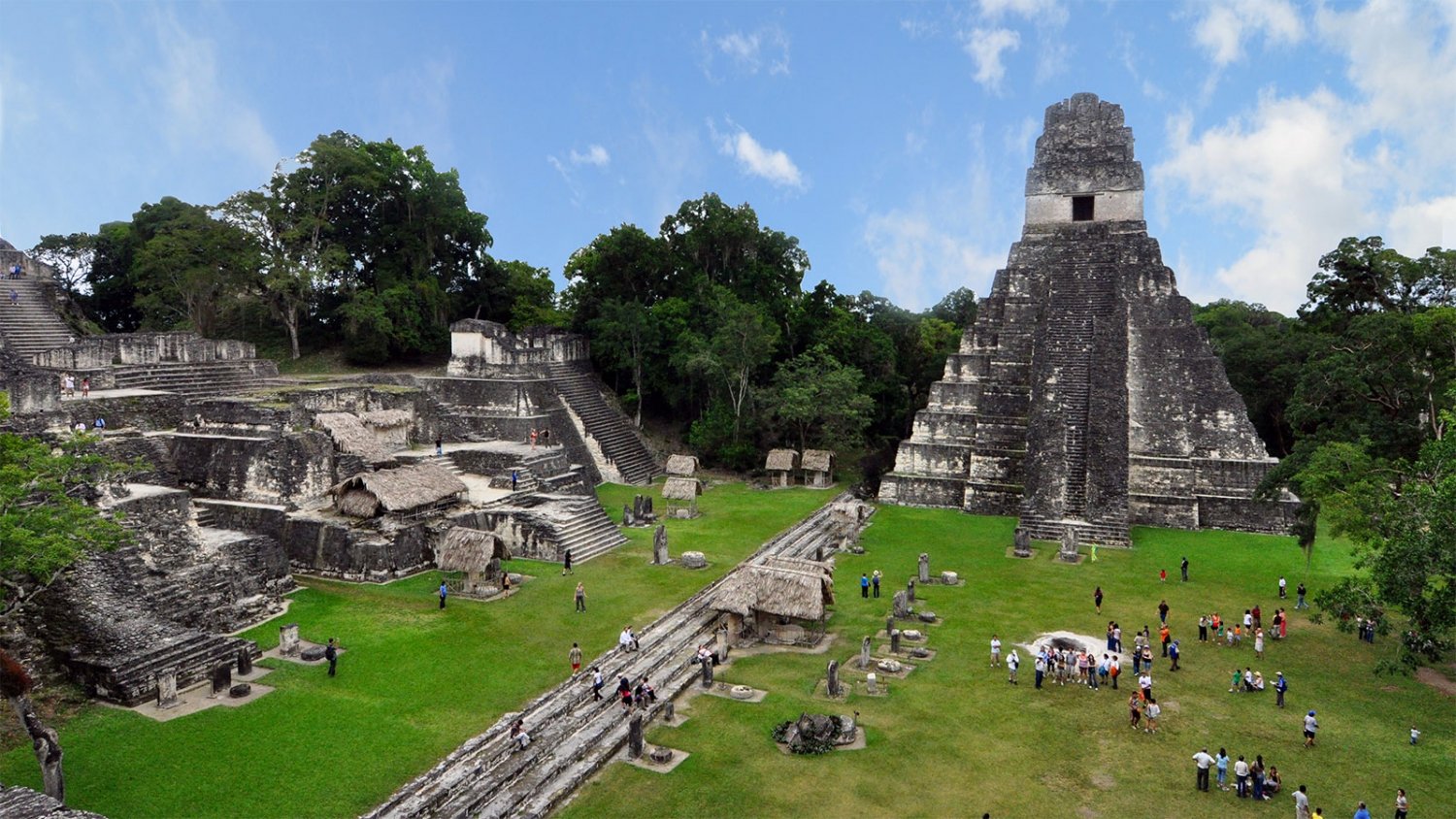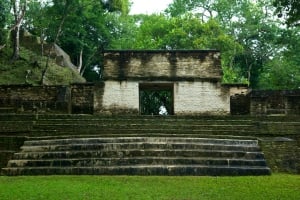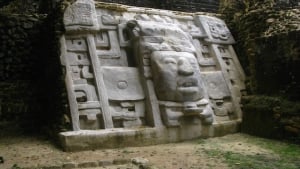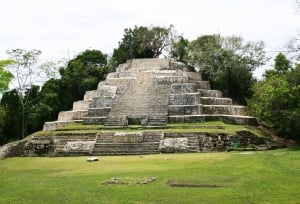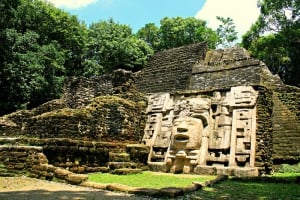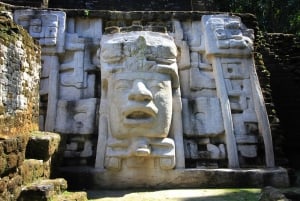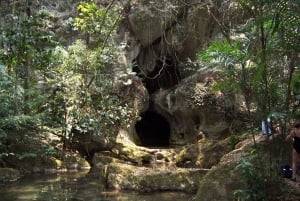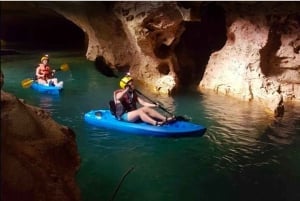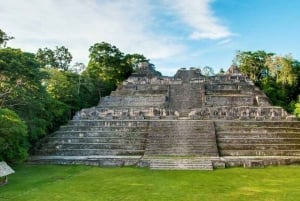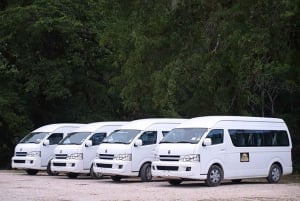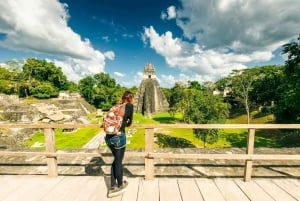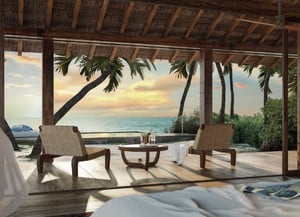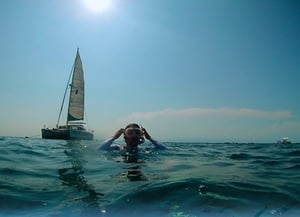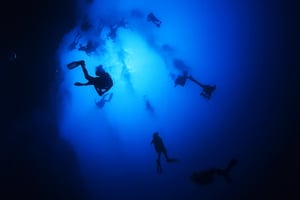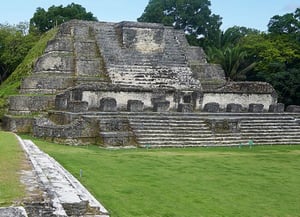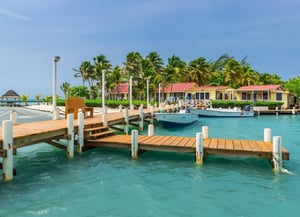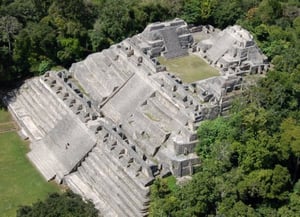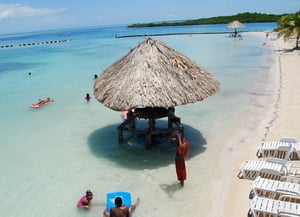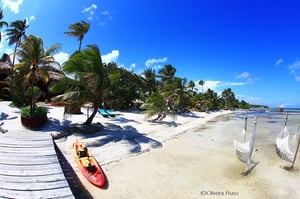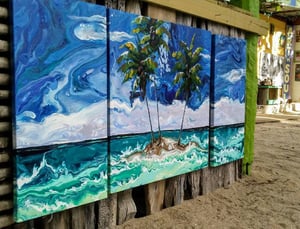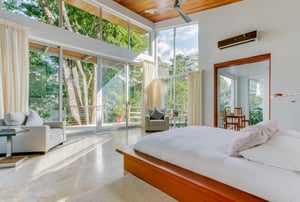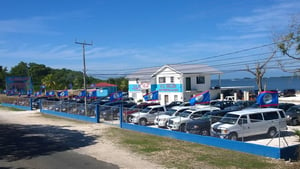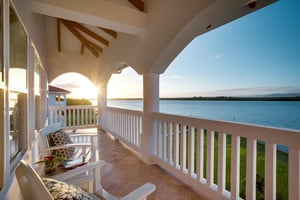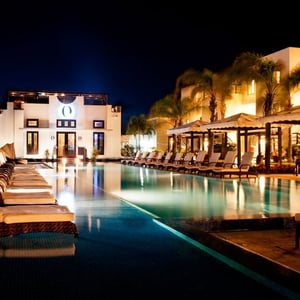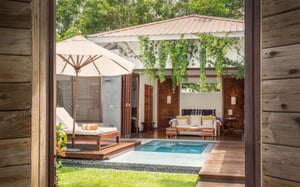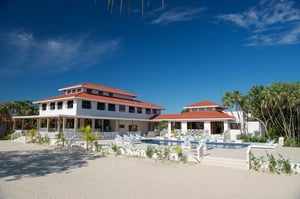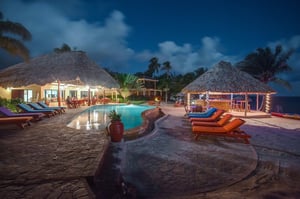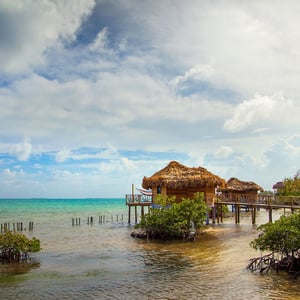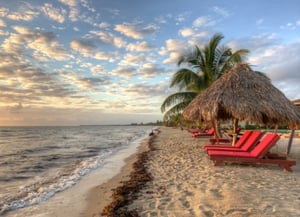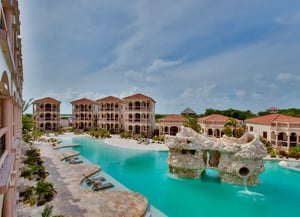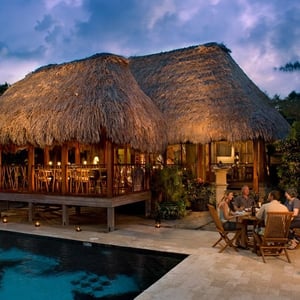The Mayan ruins of Lamanai, in Belize
Book Top Experiences and Tours in Belize:
If youʻre booking your trip to Belize last minute, we have you covered. Below are some of the top tours and experiences!- Belize: San Ignacio to/from Placencia or Hopkins Shuttle
- From Belize: One-Way Shared Shuttle to San Ignacio
- San Ignacio: Crystal Cave & Blue Hole National Park + Lunch
- San Ignacio: Actun Tunichil Muknal (ATM) Cave Full-Day Tour
- Caye Caulker: 7-Stop Snorkeling in the Belize Barrier Reef
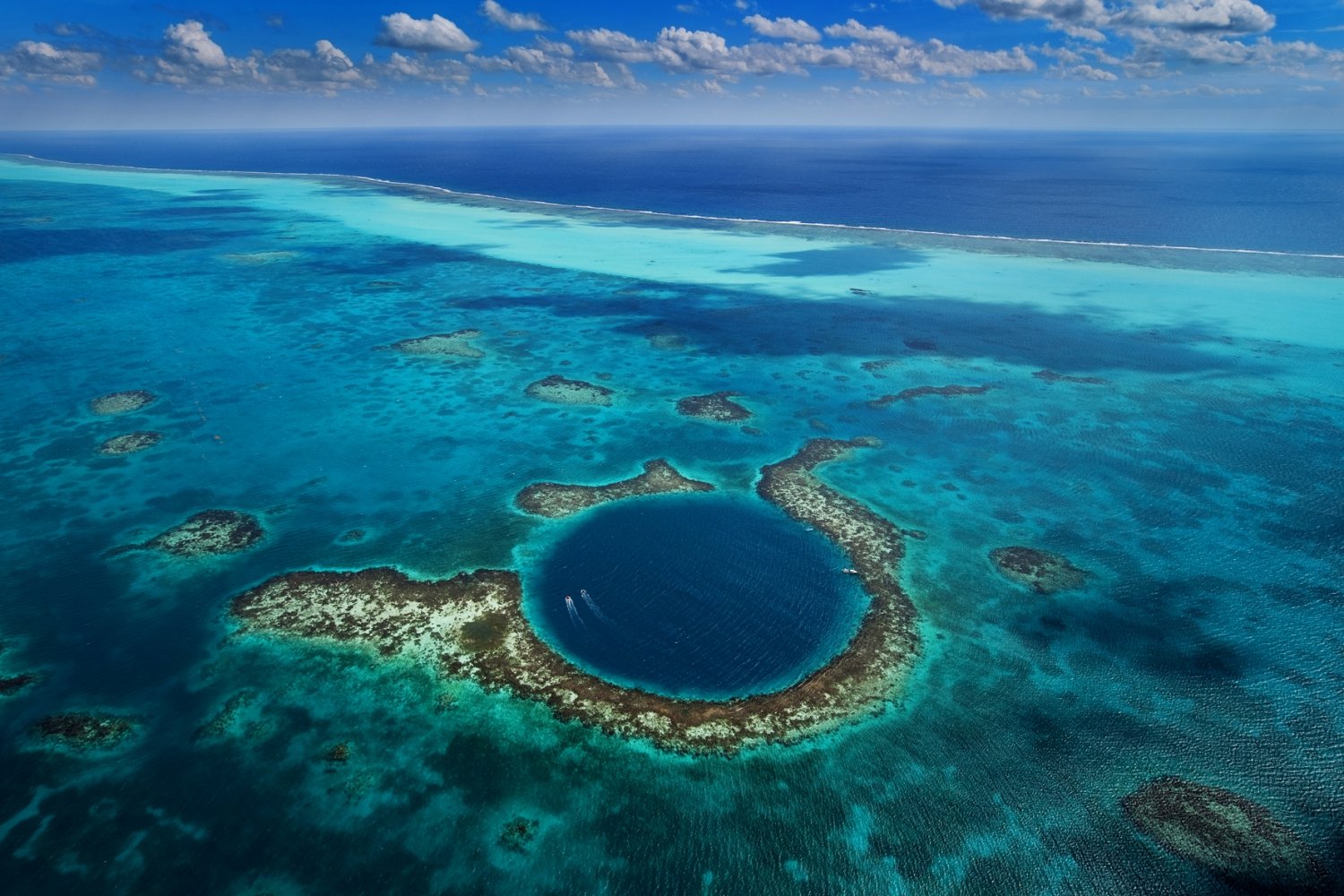 Great Blue Hole
Great Blue HoleThese ancient ruins once belonged to a huge Mayan city and its name, Lamanai, in Mayan means "submerged crocodile", in clear reference to the reptiles that lived and still live on the banks of the New River. Getting to this set of stones means taking a 90-minute boat trip through the river and through the jungle, but the tour is another unparalleled part of the adventure as it is the opportunity to see exotic and agile iguana birds.
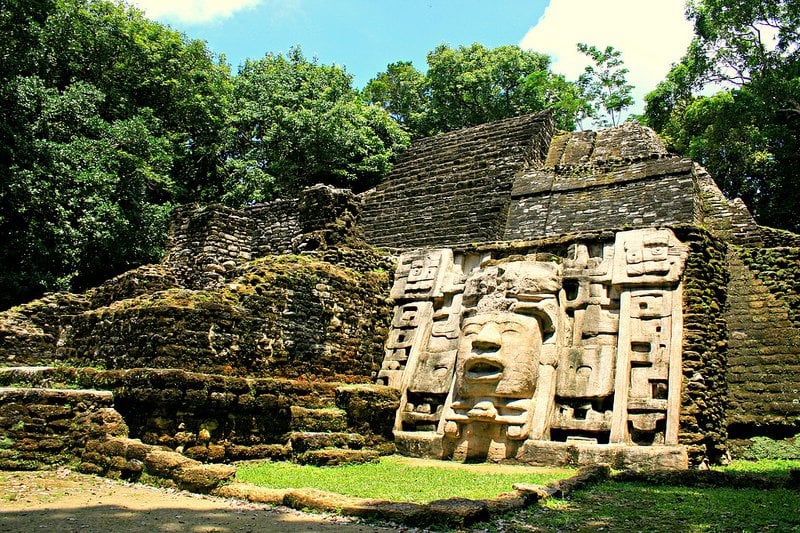 Lamanai ruins
Lamanai ruins The ruins of Lamanai can only be reached in this way, they are ancient and archaeologists think they were part of a large city around 1500 B.C. In the eighteenth century some of these structures were occupied so there is talk of about 3200 years of almost permanent occupation, but although the Spaniards tried to stay and even built a church nearby, the natives revealed themselves and the Spaniards had to leave.
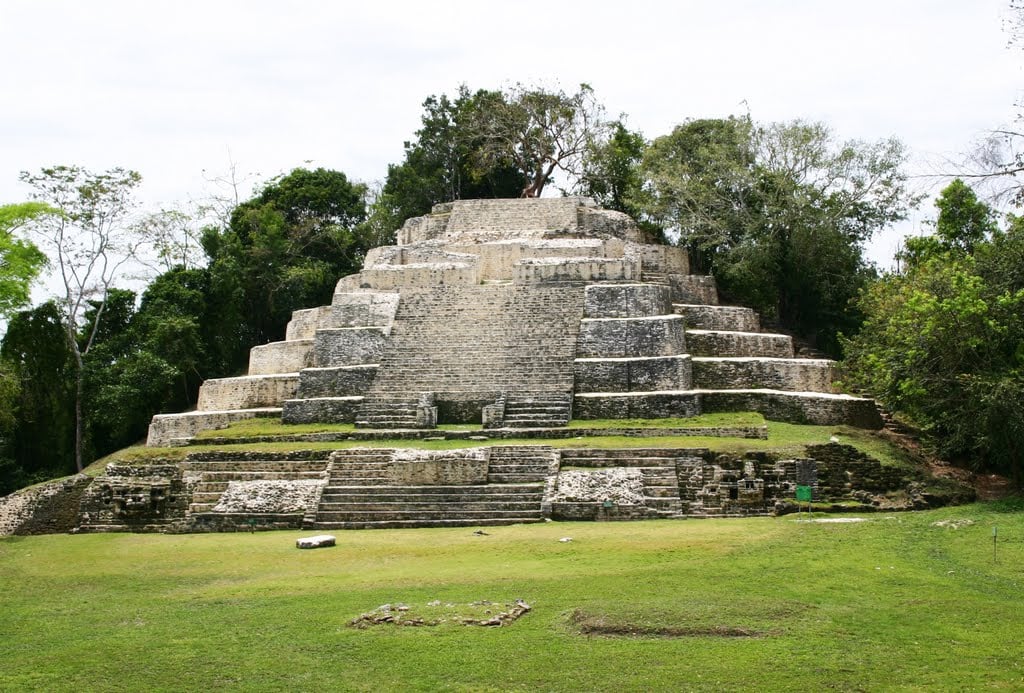 Jaguar Tempole
Jaguar Tempole Unlike other ancient ruins, those of Lamanai reveal that the place was built in stages and that successive generations did their thing by building on the temples of their ancestors instead of destroying them. While much has not yet been excavated there are three impressive temples that have been restored: the Jaguar temple, the Mask Temple with 13 stone masks of an ancient Mayan king and the Templo Mayor from whose top the view is magnificent.
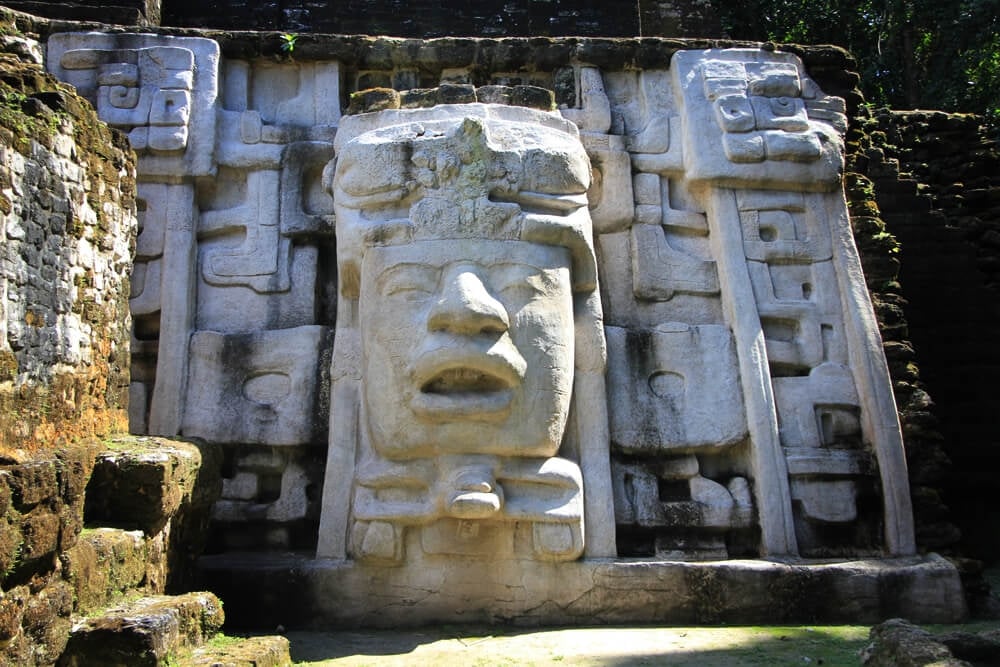 Mask Temple
Mask Temple


